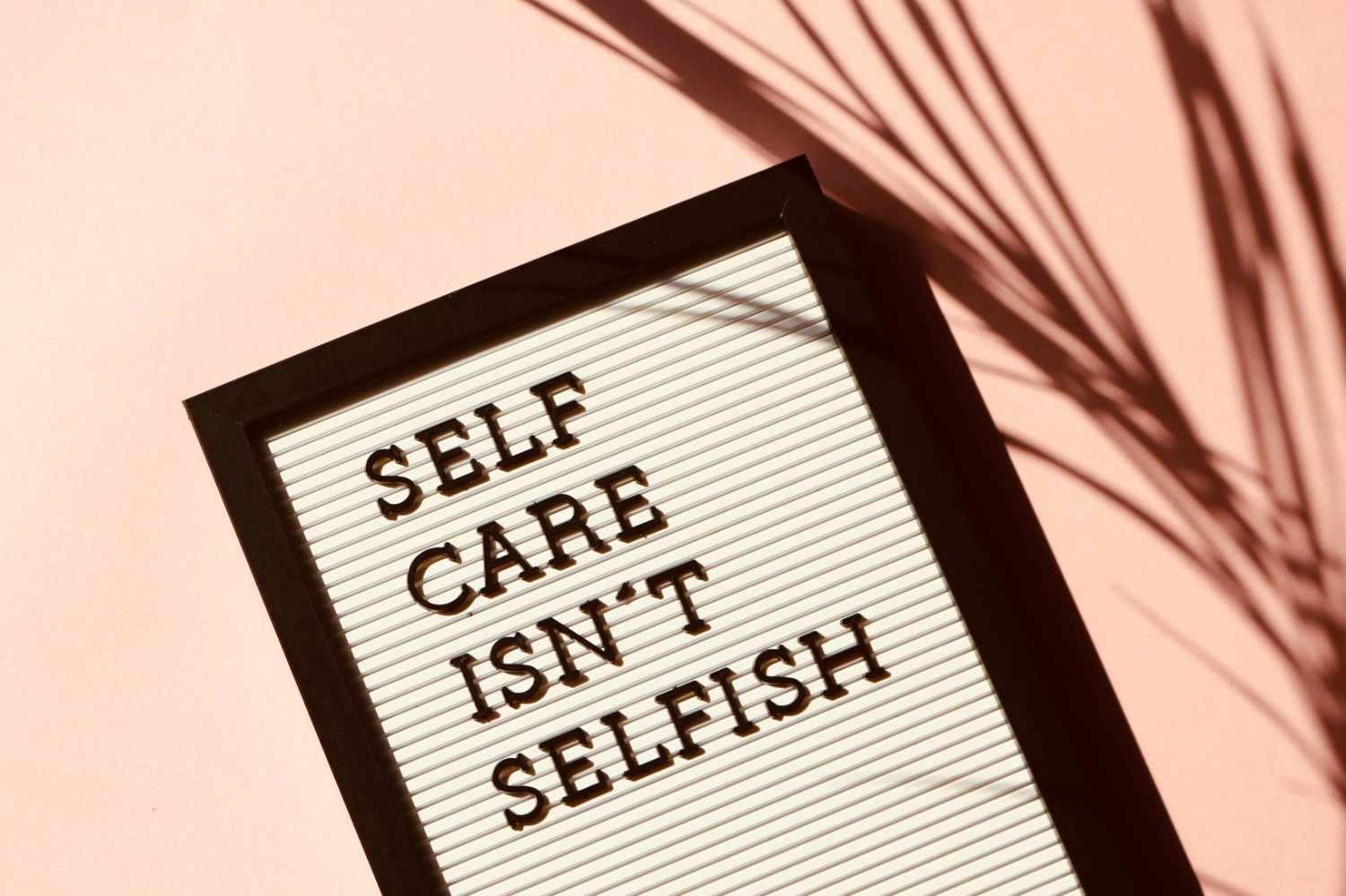Self-doubt is the phantom voice in your head that whispers "you are not good enough" right before a big presentation, "you will probably fail" as you start a new project, and "they do not really like you" after a pleasant social gathering. It is the persistent, internal critic that magnifies your flaws and dismisses your strengths. This is not a sign of weakness; it is a learned mental habit. This article is your guide to unlearning it. We will not offer empty platitudes, but a toolkit of practical, psychology-backed strategies to challenge that voice, gather evidence of your own competence, and build a quiet,
Key Points
- Self-doubt is not a character flaw but a learned mental habit, often rooted in childhood experiences, past failures, or societal pressures. It is the voice of the "inner critic."
- Self-doubt creates a vicious cycle: it triggers fear of failure, which leads to inaction or procrastination, and this inaction is then used as "proof" that the initial self-doubt was justified.
- Overcoming self-doubt is not about eliminating the feeling entirely, but about learning to "act in spite of it." Confidence is a skill built through action, not a prerequisite for it.
- Practical strategies to combat self-doubt include "Cognitive Reframing," where you actively question and challenge the negative thought, treating it like a biased accusation rather than a fact.
- Building a "momentum of competence" through small, achievable wins is a powerful way to generate tangible evidence of your capabilities, which directly counteracts feelings of inadequacy.
Introduction: The Voice in the Room
You are about to step into a job interview, start a difficult conversation, or post a piece of your creative work online. Suddenly, a familiar, cold feeling washes over you. A voice, sounding suspiciously like your own, begins its litany of anxieties: "Who are you to think you can do this?", "You are going to make a fool of yourself," "Everyone else is so much more qualified." This is the voice of self-doubt, the universal and often paralyzing inner critic that stands between us and our aspirations. It is the single greatest barrier to personal and professional growth, not because it is true, but because we "believe" it is true.
For too long, we have treated confidence as a magical trait that some people are simply born with. We wait for the feeling of self-assurance to arrive before we take action, not realizing that we have it backward. Confidence is not the "cause" of action; it is the "result" of it. This article, by psychologist Dr. Anya Sharma, is your practical guide to breaking the spell of your inner critic. We will explore where this voice comes from, how it holds you captive in a cycle of fear and inaction, and most importantly, we will provide a toolkit of actionable, psychology-backed exercises to help you gather evidence of your own worth, talk back to the doubt, and build a quiet, resilient confidence that is based not on arrogance, but on the solid foundation of your own experience. All information is current as of Saturday, September 27, 2025 at 7:38 PM GMT from Kumasi, Ashanti Region, Ghana.
Understanding the Inner Critic: The Origin Story of Self-Doubt
To silence your inner critic, you must first understand it. This voice did not appear out of nowhere. It is a "learned" internal narrative, a script pieced together from various sources throughout your life. Its original intention, believe it or not, was often to protect you. It is a primitive safety mechanism designed to keep you from taking risks that might lead to failure, embarrassment, or rejection.
The primary sources of this script often include:
- Childhood Experiences: As we explored in our article on how childhood shapes adult behavior, the messages we receive from parents, teachers, and peers are deeply formative. A critical parent who focused on mistakes, a teacher who made an embarrassing example of you, or childhood bullies can all contribute to an internal monologue that says, "Be careful, you are not good enough, you will be judged."
- Past Failures: We are wired to remember negative experiences more vividly than positive ones. This "negativity bias" is an evolutionary trait. A single, painful failure can become a piece of "evidence" that the inner critic replays for years, conveniently ignoring the dozens of successes you have had.
- Societal and Media Pressure: We are constantly exposed to curated, perfected images of success, beauty, and happiness, especially on social media. This creates an impossible standard to live up to. The critic uses this standard as a weapon, pointing out all the ways you do not measure up to the filtered, highlighted lives of others.
Recognizing that your inner critic is not an objective truth-teller, but a biased and outdated "protection program," is the first step toward disarming it. Its goal is to keep you safe in your comfort zone, but your goal is to grow, and growth can only happen outside of it.
The Vicious Cycle: How Self-Doubt Becomes a Self-Fulfilling Prophecy
Self-doubt is not a passive state; it is an active saboteur. It creates a powerful, self-perpetuating cycle that can keep you stuck for years. It looks like this:
1. The Trigger: You are faced with a new challenge or opportunity.
2. The Thought (Self-Doubt): Your inner critic pipes up: "I can't do this. I'm going to fail."
3. The Feeling (Anxiety): This thought generates feelings of fear, anxiety, and overwhelm.
4. The Behavior (Inaction): To escape these uncomfortable feelings, you procrastinate or avoid the task altogether. We talked about this mechanism in depth in our guide to the psychology of procrastination.
5. The Result (Confirmation): Because you did not act, you did not achieve the desired outcome. The inner critic then says, "See? I told you you couldn't do it." This "failure" is then stored as more evidence, making the voice of self-doubt even stronger and more convincing the next time around.
Breaking this cycle requires intervening at stage four. It requires learning to tolerate the uncomfortable feeling of anxiety and taking action "anyway." This is where the real work of building confidence begins.
The Self-Confidence Toolkit: Practical Exercises to Silence the Critic
Building self-confidence is an active process. It requires specific, repeatable exercises that challenge your negative thoughts and generate new, positive evidence. Here are five powerful strategies to get you started.
Strategy 1: Put the Critic on Trial (Cognitive Reframing)
Your inner critic is like a relentlessly negative prosecutor, presenting a one-sided case against you. Your job is to become the defense attorney. This is a core technique of Cognitive Behavioral Therapy (CBT), which we touched upon in Overcoming Negative Self-Talk.
The next time a self-doubting thought appears, grab a piece of paper or open a note on your phone and put it on trial:
- Identify the Accusation: Write down the critic's exact words. Example: "I am going to completely mess up this presentation."
- Examine the Evidence "For": What "facts" does the critic have? Be honest. Example: "I was nervous during my last presentation. I stumbled over a few words."
- Gather the Evidence "Against": This is crucial. Actively search for counter-evidence. What has the critic conveniently ignored? Example: "I have given five successful presentations in the last year. I got positive feedback on my last project. I have practiced this presentation multiple times and I know the material inside and out."
- Present a Balanced Verdict: Based on "all" the evidence, what is a more realistic, balanced, and compassionate thought? Example: "I might feel nervous, and that is normal. But I am well-prepared and I have a history of doing a good job. I am capable of delivering a solid presentation, even if it is not perfect."
By consistently putting your negative thoughts on trial, you break the habit of accepting them as fact. You train your brain to see a more balanced and realistic picture.
Strategy 2: Create a Momentum of Competence (The Power of Small Wins)
Confidence is the byproduct of competence. The more evidence you have that you can do things, the more confident you become. The key is to start small. Self-doubt often paralyzes us with big, intimidating goals. The solution is to break them down and focus on "small, achievable wins."
Exercise: The "Done" List. At the end of each day, instead of focusing on what you "did not" do, take two minutes to write down a list of everything you "did" accomplish, no matter how small.
- "Responded to that difficult email."
- "Went for a 10-minute walk."
- "Made a healthy lunch."
- "Read one chapter of a book."
This practice actively trains your brain to notice your own effectiveness. Each small win is a brick in the foundation of your self-confidence. It creates a positive feedback loop: action leads to a feeling of competence, which makes the next action easier.
Strategy 3: Develop a Compassionate Ally (Practicing Self-Compassion)
The antidote to the harshness of the inner critic is the kindness of self-compassion. This is not about letting yourself off the hook; it is about treating yourself with the same supportive encouragement you would offer a good friend who was struggling.
Exercise: The Compassionate Friend. When you make a mistake and the inner critic starts its attack ("You are so stupid!"), pause and ask yourself: "What would I say to a dear friend in this exact situation?" You would never say, "You are so stupid." You would likely say something like, "Hey, it is okay. Everyone makes mistakes. What can you learn from this? You did your best." Now, try saying those same words to yourself. It may feel unnatural at first, but with practice, you can cultivate an inner coach to replace your inner critic.
Strategy 4: Curate Your "Evidence Log"
Your brain's negativity bias makes it easy to forget your successes. You need to create a system to consciously override this bias.
Exercise: Start an "Evidence Log" or "Brag File." This can be a physical journal, a document on your computer, or a folder in your email. Every time something good happens, record it.
- A colleague sends a nice email about your work? "Save it."
- You successfully navigate a difficult conversation? "Write it down."
- You finish a workout you did not feel like starting? "Log it."
- You solve a tricky problem? "Describe it."
This is your personal, factual database of your own competence, resilience, and worth. When you are having a moment of intense self-doubt, do not just argue with your feelings; open your Evidence Log and "read the facts." This is a powerful way to ground yourself in the reality of your capabilities, not the fiction of your fears.
Conclusion: The Courage to Be Imperfect
Overcoming self-doubt is not a one-time fix. It is a lifelong "practice" of choosing to trust yourself, even when the voice in your head tells you not to. It is the practice of gathering evidence, challenging your own assumptions, and taking small, courageous steps into the unknown. Confidence is not the absence of fear or doubt. True, resilient confidence is the feeling of "I will be okay, even if I fail." It is the knowledge that your worth is not dependent on a perfect performance, but is inherent and unchangeable. By using these strategies, you can begin to lower the volume of your inner critic and turn up the volume of your own quiet, steady, and capable voice.
References
- Psychology Today - 6 Ways to Overcome Self-Doubt
- Harvard Business Review - How to Overcome Self-Doubt
- Dr. Kristin Neff - Self-Compassion (A leading resource on the science and practice of self-compassion).
- "Feeling Good: The New Mood Therapy" by Dr. David Burns (A foundational text on using CBT to challenge negative thoughts).








